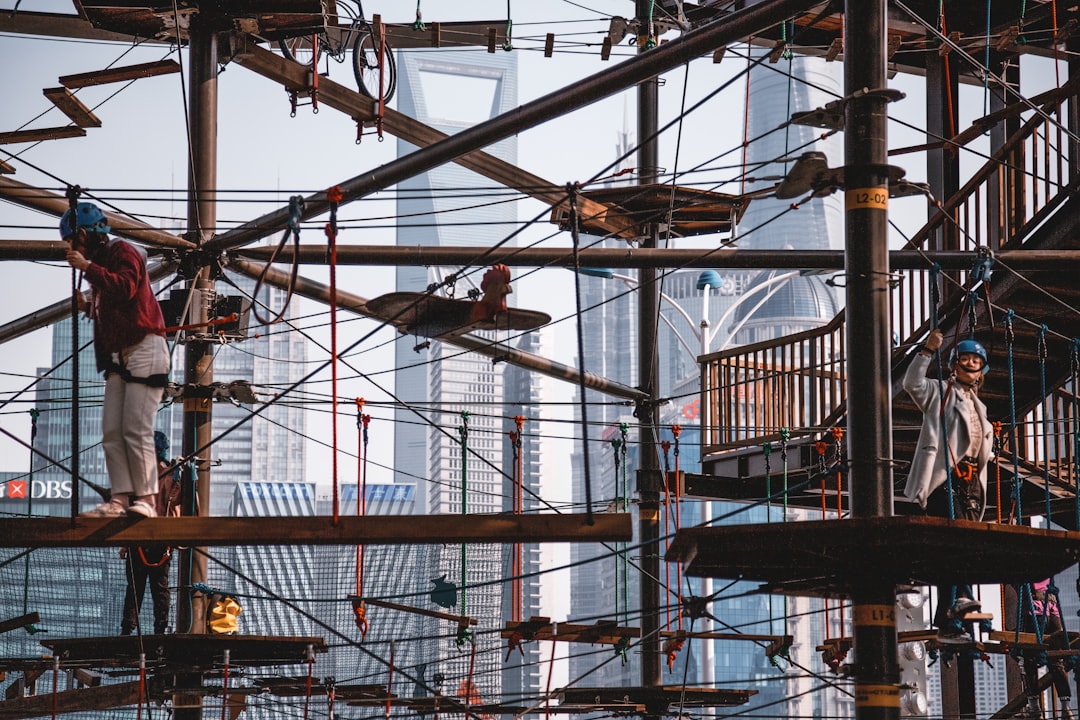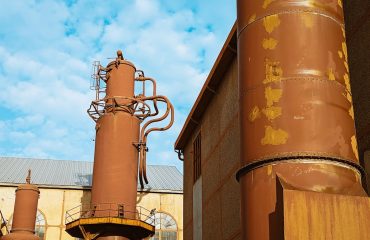body {
font-family: sans-serif;
line-height: 1.6;
}
h1, h2, h3 {
color: #333;
}
h1 {
font-size: 2.5em;
}
h2 {
font-size: 2em;
}
h3 {
font-size: 1.5em;
}
Structural steel has been a cornerstone of construction for centuries, and for good reason. Its versatility, strength, and efficiency make it a top choice for builders worldwide. This comprehensive guide delves into the key advantages of choosing structural steel for your next project, highlighting why it remains a dominant force in modern architecture and engineering.
Unmatched Strength and Durability: The Foundation of Stability
Structural steel boasts exceptional tensile strength, meaning it can withstand significant pulling forces without breaking. This inherent strength allows for the creation of taller, wider, and more complex structures compared to other materials. Its high yield strength ensures that the steel will resist deformation under heavy loads, providing unparalleled stability and longevity. This robustness is crucial in high-rise buildings, bridges, and industrial facilities where safety and resilience are paramount. Furthermore, steel’s durability extends beyond its strength; it resists weathering and corrosion, especially when treated with protective coatings like galvanization or paint, ensuring a long lifespan with minimal maintenance.
Versatility and Design Flexibility: Shaping the Future of Construction
The versatility of structural steel is another key advantage. It can be easily shaped and fabricated into a wide range of forms, enabling architects and engineers to realize innovative and complex designs. From intricate curves and arches to robust straight lines, steel adapts readily to any architectural vision. This flexibility extends to the construction process itself; prefabricated steel components can be manufactured off-site and assembled quickly on-site, significantly reducing construction time and costs. This modularity is particularly beneficial for large-scale projects where efficiency and speed are critical.
Sustainability and Eco-Friendliness: A Greener Building Material
Contrary to popular belief, structural steel is a remarkably sustainable building material. Steel is 100% recyclable, and the recycling process requires significantly less energy than producing virgin steel. This inherent recyclability contributes to reduced environmental impact throughout the building’s lifecycle. Furthermore, the longevity of steel structures minimizes the need for frequent replacements, further reducing the overall carbon footprint. Modern steel production methods are also becoming increasingly efficient and environmentally conscious, aiming to minimize emissions and waste.
Cost-Effectiveness and Time Savings: Delivering Value and Efficiency
While the initial cost of structural steel may seem higher than some alternative materials, the long-term cost-effectiveness is undeniable. The speed and efficiency of steel construction translate to reduced labor costs and faster project completion. The reduced construction time can lead to significant savings on financing and project overruns. Furthermore, the durability and low maintenance requirements of steel structures result in lower long-term operational costs. The ability to prefabricate components minimizes on-site work and potential delays, contributing to a more predictable and manageable budget.
Fire Resistance and Safety: Protecting Lives and Assets
Steel’s fire resistance is often underestimated. While steel loses strength at high temperatures, modern fireproofing techniques effectively protect steel structures from the damaging effects of fire. These techniques involve applying fire-resistant coatings or encasing steel members in concrete or other protective materials. This protection ensures the structural integrity of the building even during a fire, providing vital time for evacuation and minimizing damage. This enhanced safety feature makes steel a preferred choice for high-occupancy buildings and critical infrastructure projects.
In conclusion, the benefits of structural steel are multifaceted and compelling. From its exceptional strength and durability to its versatility, sustainability, and cost-effectiveness, steel continues to be a leading material in modern construction. Its contribution to safer, more efficient, and environmentally responsible buildings makes it an invaluable asset for architects, engineers, and developers alike.
SEO-Friendly Tags:
- Structural Steel
- Steel Construction
- Benefits of Steel
- Sustainable Building Materials
- Steel Building Design




